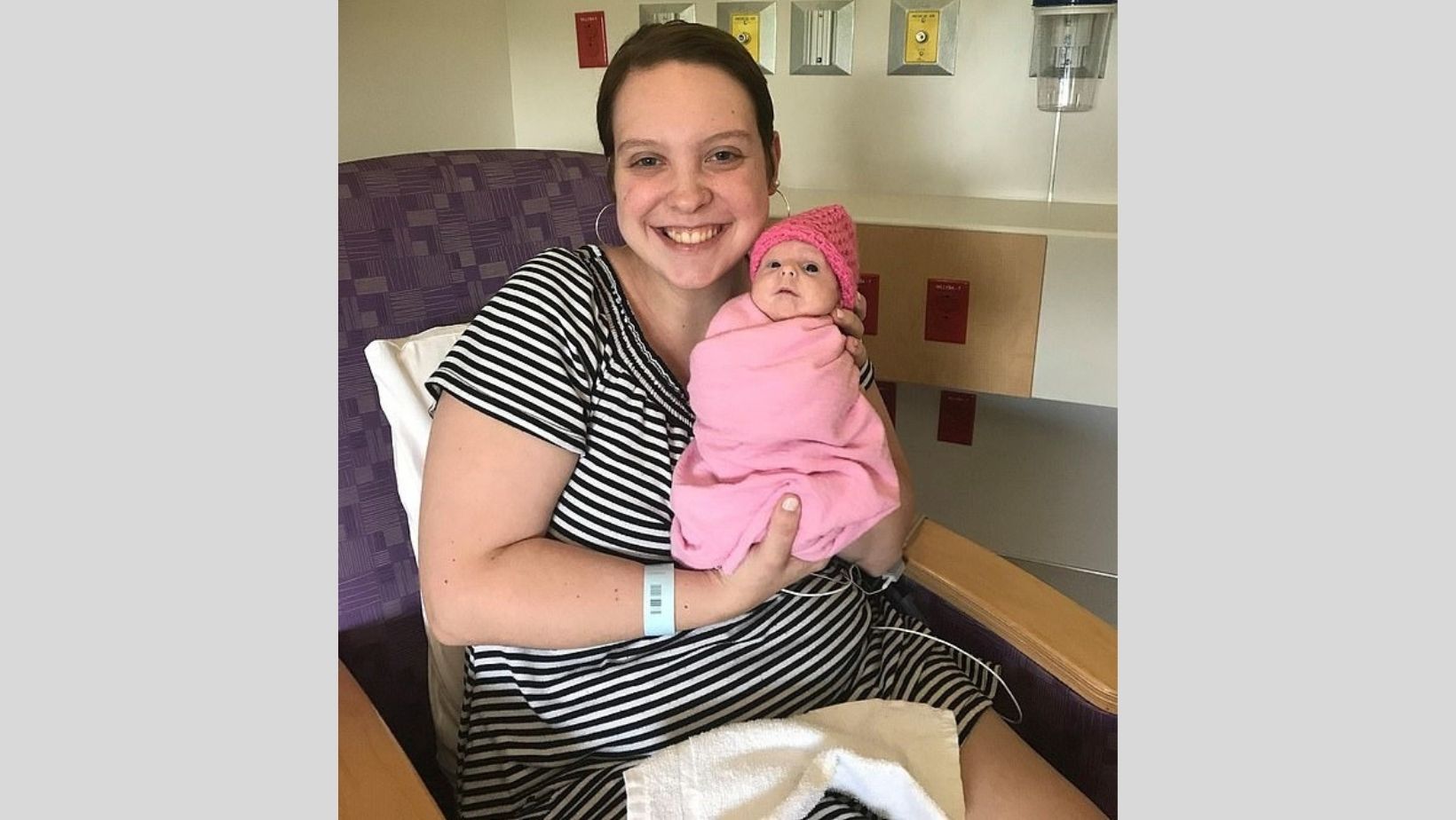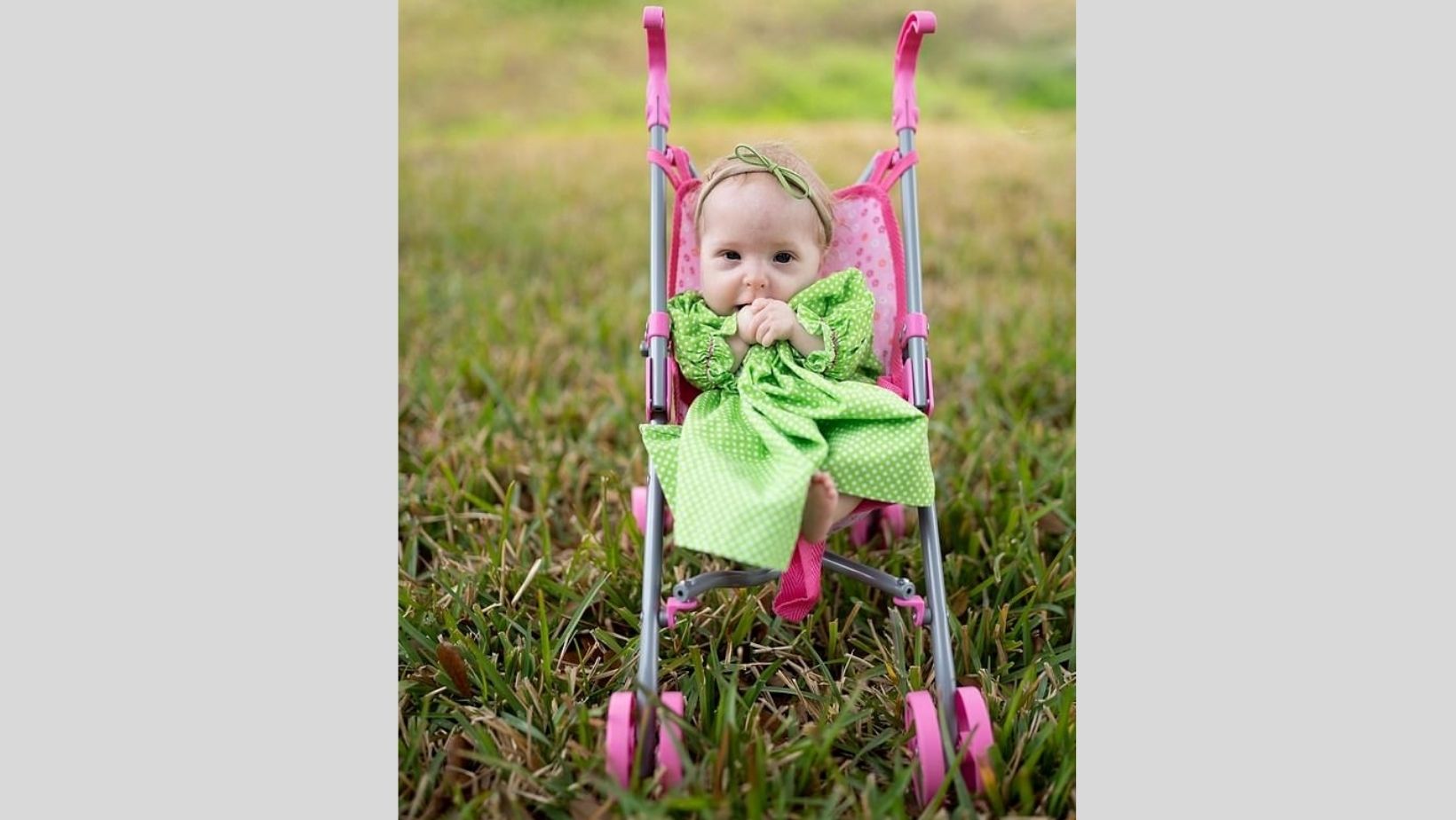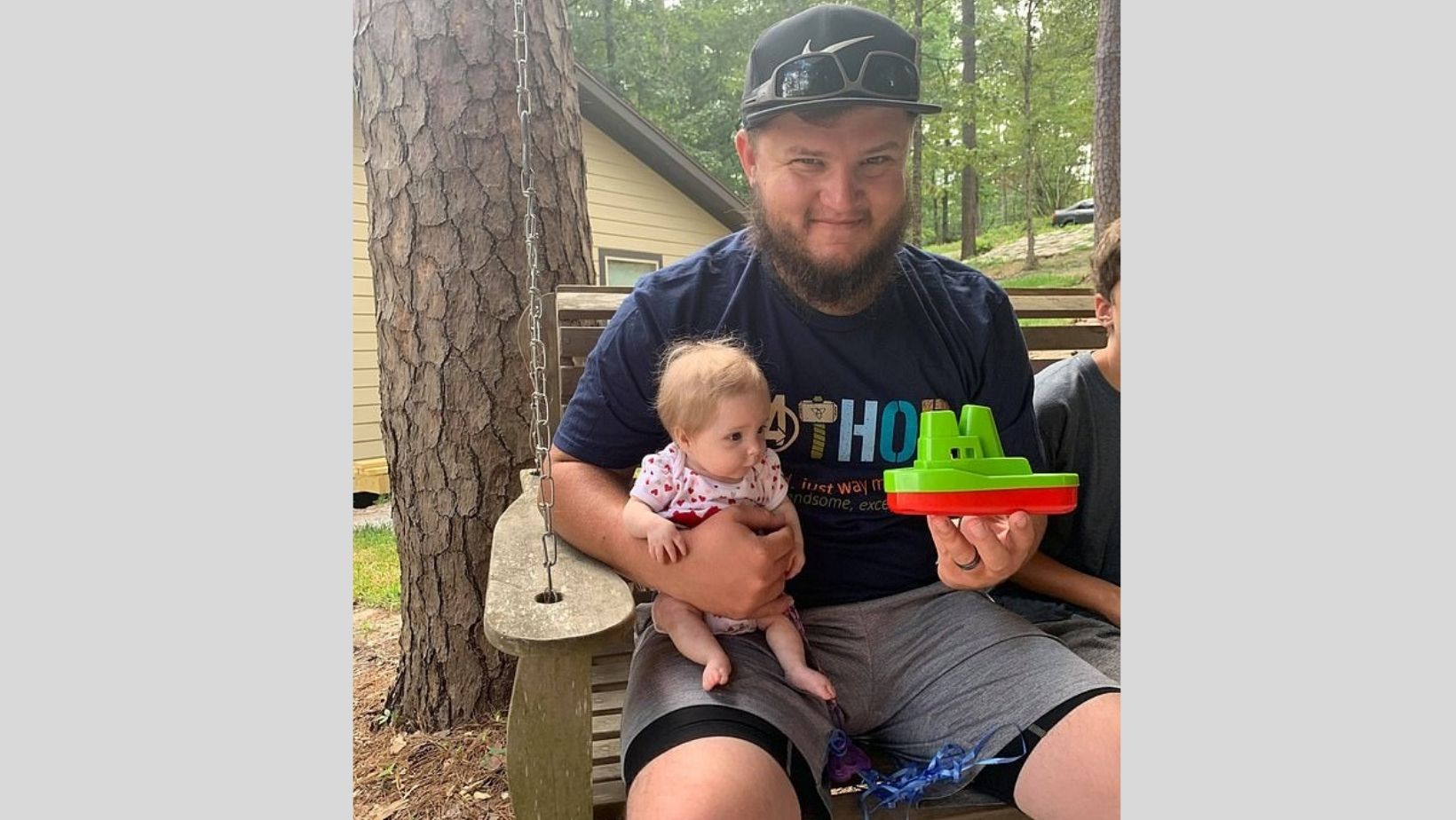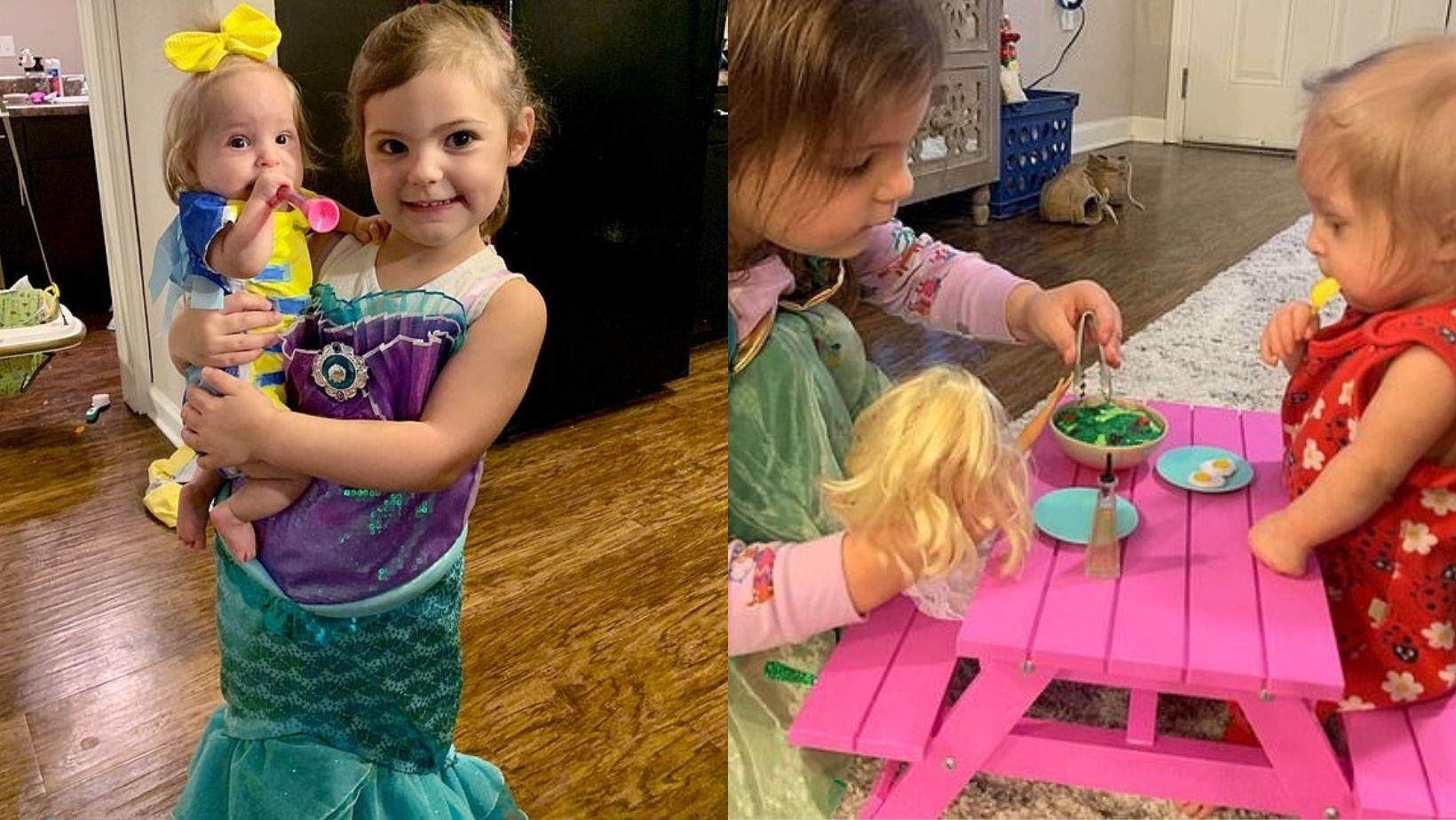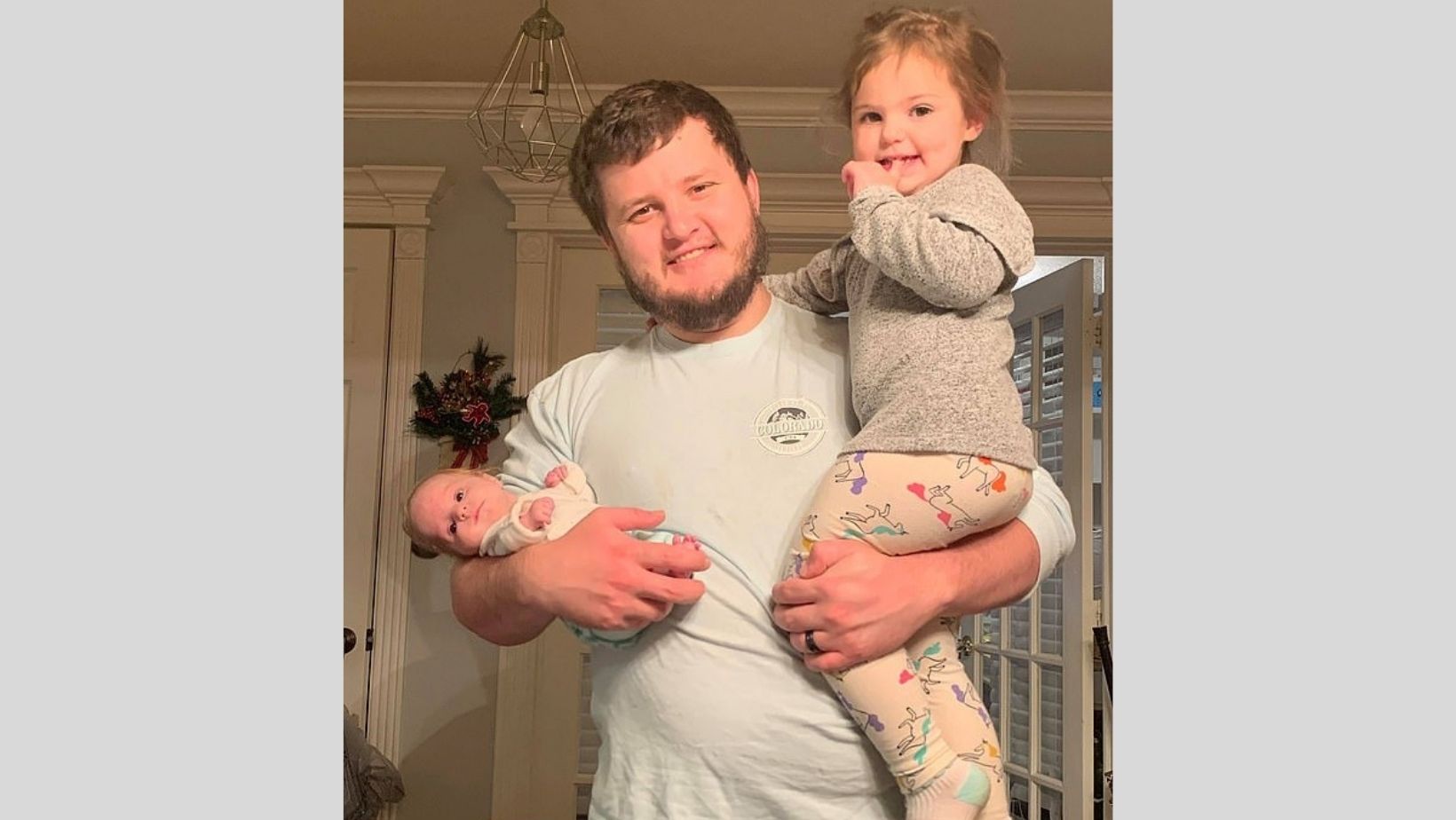Abigail Lee, 2, from Louisiana, is a girl diagnosed with a rare condition known as Microcephalic Osteodysplastic Primordial Dwarfism Type II.
The two-year-old girl has a rare form of dwarfism limiting her to grow up to 24 inches tall only. She weighs just 7lbs and has to wear newborn-sized clothes. Most of her toys are bigger than her.
Microcephalic Osteodysplastic Primordial Dwarfism Type II (MOPDII) is a condition characterized by the short physique (dwarfism) with other skeletal malformations (osteodysplasia) and an unusually small head size (microcephaly).
The growth problems in MOPDII are primitive, meaning they begin before birth, with affected individuals showing slow prenatal growth (intrauterine growth retardation).
After birth, affected individuals continue to grow at a very slow rate. The final adult height of people with this condition ranges from 20 inches to 40 inches.
Emily Lee, 25, Abigail’s mother, first noticed that her baby was not growing at a normal rate while she was pregnant and when Abigail was born through cesarean section she just weighed just 2lbs 9ounces.
“Abigail grows two grams a day versus an ounce a day, so she’ll still be 7lbs at her next birthday,” Emily said. “She only just fits into newborn clothes. So I don’t know what we’ll do when she gets old enough to tell me that she doesn’t want to wear onesies anymore.”
“My best friend has a two-year-old and seeing them next to each other is mind-blowing,” she said. “Toys for kids her age are gigantic next to her. She has a table and chairs for her Barbies that she can sit in herself.”
“She eats like a normal kid, but there are a lot of things that a two-year-old would be doing that she can’t and it’s her size holding her back.”
The tiny toddler was diagnosed eight weeks after she was born when doctors observed that she hadn’t grown at all.
Abigail has spent eight weeks in hospital before she was able to go home with her mother, dad Bryan, 25, and older sister Samantha, four, who doesn’t have the condition.
“When I was pregnant, she was always three weeks behind in her development,” the mom said. “I had a c-section at 36 weeks and she went straight into intensive care.”
“She was doing everything normally, she was breathing and eating fine but she was tiny,” she said. “When she was diagnosed, we’d never heard of this type of dwarfism, so had absolutely no idea what it was.”
“For months I struggled to find anyone who had been through the same and could help,” Emily added. “The day she was diagnosed, I just sat in my car in the hospital car park and cried for two hours because I didn’t know what I was doing.”
“She is healthy but she has complications because she was born with dislocated hips and she can’t walk but she crawls and she’s going to therapy,” she said. “She’s also got really bad eyesight so we’re having trouble finding glasses that fit her.”
“It’s hard to balance out a child with special needs and a child without because Samantha knows her sister needs more help,” she explained. “Samantha is an absolute rock star, she gets involved in all of the therapy and she’s really protective.”



